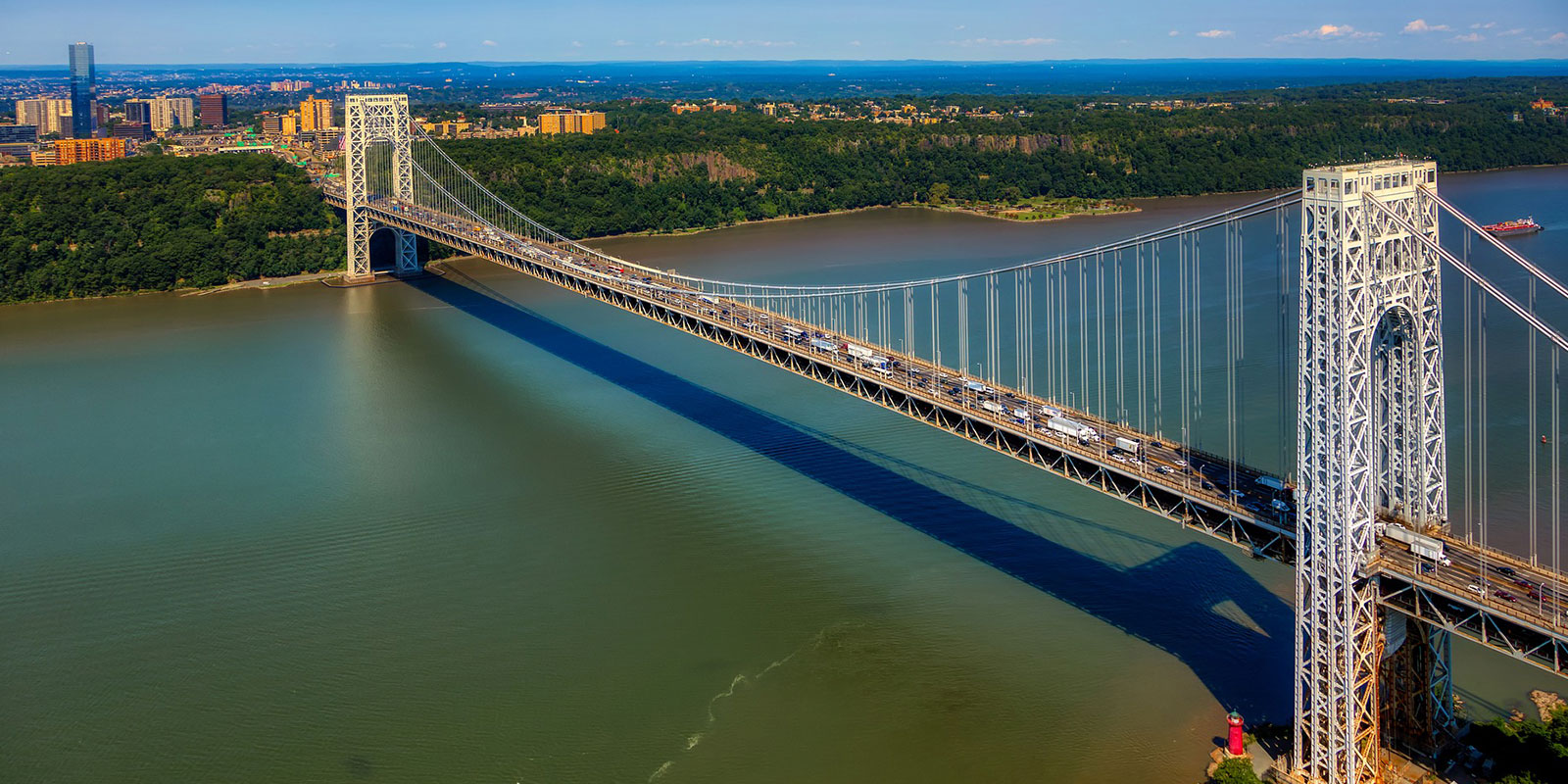The Great Loop is the way to enjoy a once-in-a-lifetime boating adventure. Boating the Great Loop boat adventure is not for weekenders; it takes a fair commitment of time. The Great Loop takes you through a magical maze of some of America’s greatest and amazing waterways.
What is the Great Loop?
The Great Loop is a breathtaking journey that leads mariners through breathtaking waterways discovering the northeastern and southeastern regions of the U.S. and parts of Canada from the deck of their boats or their wheelhouses.
The Great Loop is a continuous waterway that recreational mariners can travel that includes part of the Atlantic, Gulf Intracoastal Waterways, the Great Lakes, Canadian Heritage Canals, and the inland rivers of America.
Yes! You Can Travel the Entire Great Loop in 72° to 75° Climates!
Traveling the Great Loop while maintaining consistently moderate weather with temperatures at approximately 72° to 75° F year-round requires careful planning and timing. This involves following seasonal migration patterns to stay in regions with favorable climates during their respective times of year.
How To Follow the Warm Temperatures on the Entire Great Loop:
Here is a suggested timeline and strategy:
- Winter: December to February
- Location: Southern Florida and the Florida Keys.
- Why: The temperatures in Florida are typically mild, ranging from the mid-60s to the 70s or higher.
- Spring: March to May
- Location: The Gulf Coast and up the rivers. These are called the Tenn-Tom Waterway, Tennessee River, and Mississippi River to reach the mid-Southern U.S.
- Why: The temperatures are warming up, staying in the comfortable range as you move north.
- Summer: June to August:
- Location: The Great Lakes and Canada, called Trent-Severn Waterway, Georgian Bay, and Lake Michigan.
- Why: The northern regions have their warmest weather during summer, but it’s still mild compared to the south.
- Fall: September to November
- Location: Head south through the inland rivers, which are the Illinois, Mississippi, Ohio, and Tennessee Rivers along the East Coast toward the Chesapeake Bay.
- Why: As the northern regions cool, the mid-Atlantic and southern regions have moderate fall temperatures.
What Is a Looper?
A Looper is a boater who is traveling, or planning to travel, the Great Loop, a continuous waterway adventure around the eastern United States and parts of Canada. The term is commonly used within the Great Loop boating community to refer to individuals, couples, or families who undertake this journey.
Characteristics of a Looper:
- Adventure-Seeking Boaters:
- Loopers are typically people who enjoy exploring diverse waterways, ports, and regions by boat.
- Following the Great Loop Route:
- Loopers travel the designated waterways of the Great Loop, including rivers, canals, lakes, and coastal waters. This route circumnavigates the eastern U.S. and parts of Canada.
- Seasonal Travelers:
- Most Loopers plan their journey around the seasons to avoid extreme weather, like cold winters in the north or hurricane season in the south. They often follow a counterclockwise route for current and navigation benefits.
- Varied Boat Types:
- Loopers use many types of vessels, such as trawlers, cruisers, sailboats. with masts unstepped* for low bridge clearance, and even houseboats.
- * A sailboat mast that has been removed from its upright positionon the boat.
- Membership in Communities:
- Many Loopers join organizations like the America’s Great Loop Cruisers’ Association (AGLCA) for resources, camaraderie, and shared knowledge.
- Liveaboard Lifestyle:
- Some Loopers live aboard their boats full-time during the journey, while others travel in segments or seasonally.
Looper Milestones:
- Platinum Looper: Someone who has completed the Great Loop multiple times.
- Gold Looper: Those who have successfully completed the Great Loop at least once.
- First-Time Looper: A boater currently making their initial journey.
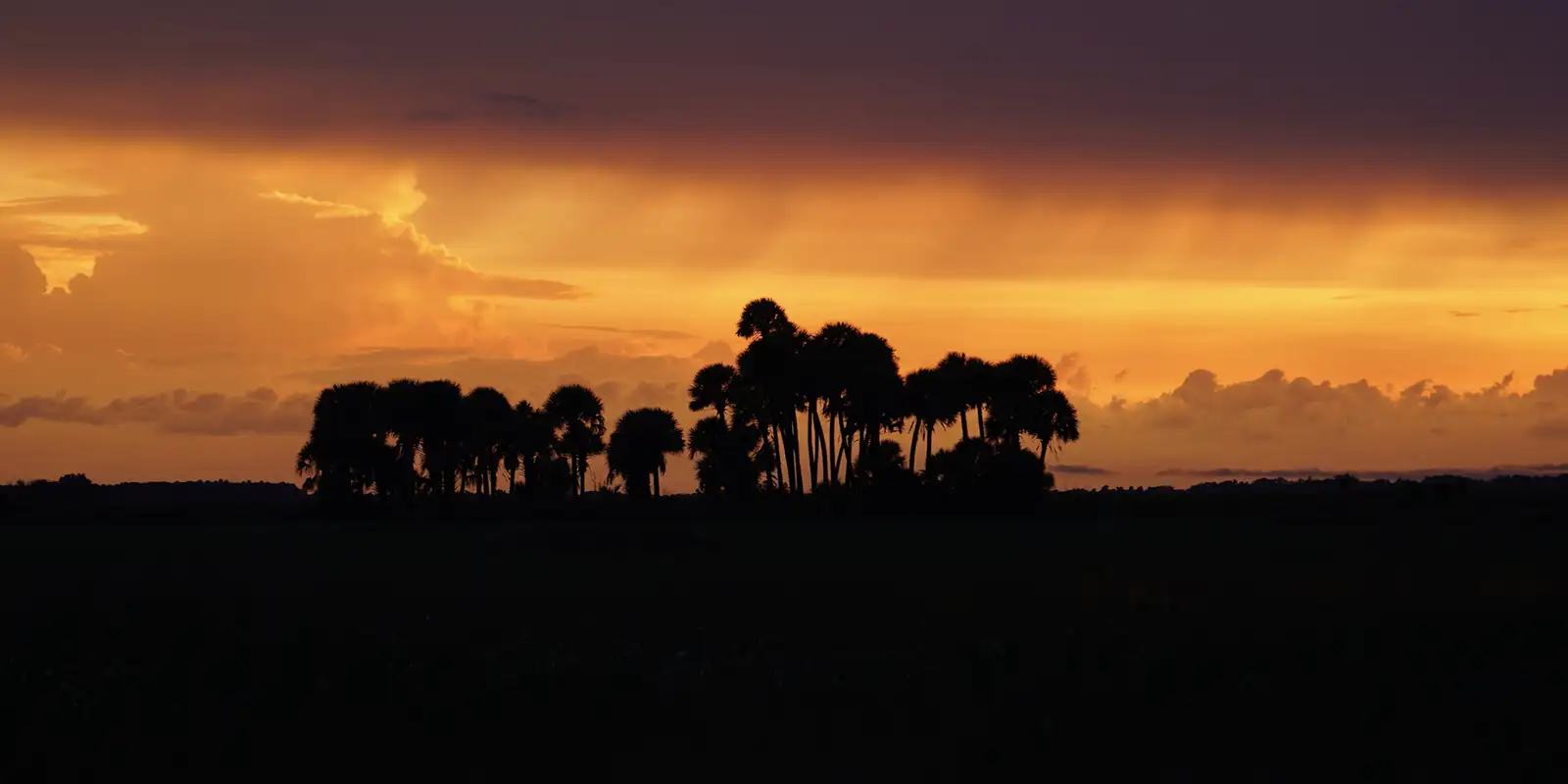
The Great Loop Route
The primary waterways on the basic Great Loop Route:
- The Atlantic Intracoastal Waterway (ICW): Forms the main route along the Atlantic Coast, protecting boaters from the open ocean.
- The Chesapeake Bay: A key feature of the route, offering access to many harbors and attractions.
- The C&D Canal: Connects the Chesapeake Bay to the Delaware River and Delaware Bay.
- The Atlantic Ocean from Cape May to New York Harbor: Often used when navigating from Delaware Bay to New York. Some boaters opt for inland waterways in New Jersey to avoid open water.
- The Hudson River: Provides the route north from New York Harbor into upstate New York.
- The Erie Canal: A common choice for reaching the Great Lakes via upstate New York. An alternative is the Triangle Loop, which includes parts of the St. Lawrence River and Richelieu River.
- The Oswego Canal: Allows access from the Erie Canal to Lake Ontario, a popular Great Loop route.
- Lake Ontario: A part of the journey for those traveling the Trent-Severn Waterway.
- The Trent-Severn Waterway: Connects Lake Ontario to Georgian Bay and is a highlight of the Canadian portion.
- Georgian Bay: Known for its stunning scenery and part of the journey to Lake Huron.
- Lake Michigan: A significant section, with many cities and harbors to explore along the eastern shore.
- The Illinois River: Leads from Lake Michigan to the Mississippi River.
- The Mississippi River: A major route option but often avoided for long stretches due to challenging navigation and commercial traffic.
- The Ohio River: Provides a connection to the Tennessee River for an alternative route.
- The Tennessee River: Leads to the Tennessee-Tombigbee Waterway (Tenn-Tom).
- The Tenn-Tom Waterway: A man-made canal that provides a safer and shorter route to the Gulf of Mexico.
- Mobile Bay: The transition point between inland rivers and the Gulf Coast.
- The Gulf Intracoastal Waterway: Provides a protected route along the Gulf Coast.
- The Okeechobee Waterway: Offers a shortcut across Florida, connecting the Gulf Coast to the Atlantic. Alternatively, boaters can travel around the southern tip of Florida via the Keys.
The Great Loop Boating Map
Here is a map of the possible routes you can take to sail or boat the Great Loop:
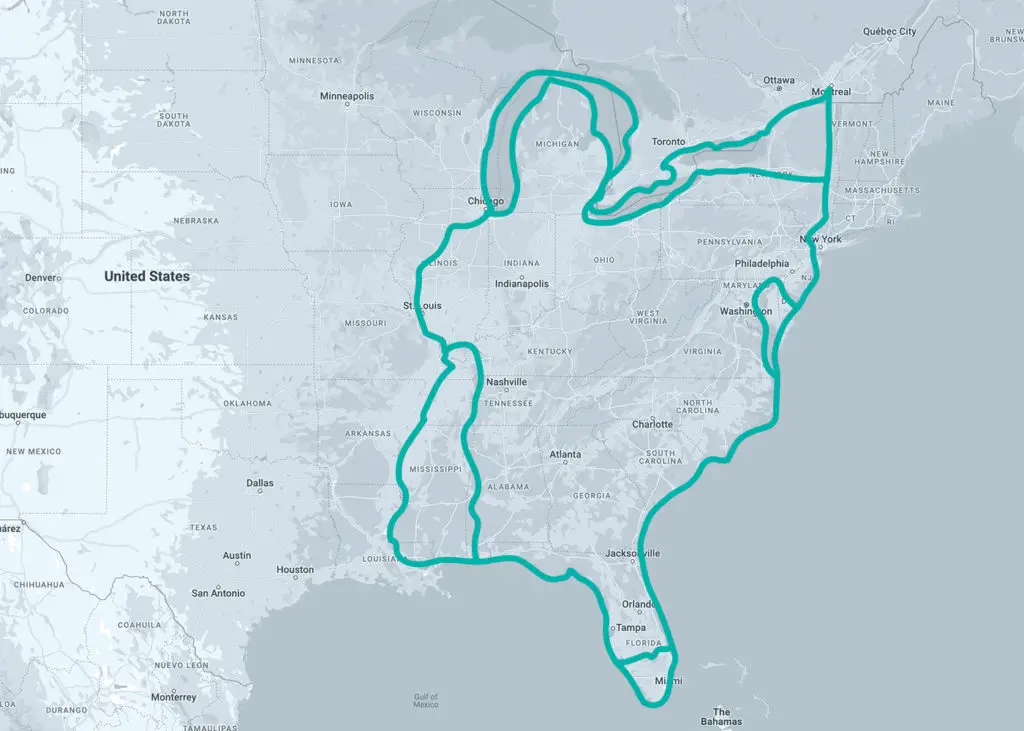
Popular Stops on the Great Loop
The America’s Great Loop Cruisers’ Association’s (AGLCA) website offers reviews and recommendations for marinas, anchorages, and must-see attractions. Weather, seasons, and preferences will influence where you stop. Some of the best spots might not be in bustling towns but in secluded coves or nature reserves.
Every stop adds its own charm to the journey, making the Great Loop an unforgettable adventure!
Florida and the Gulf Coast:
- Florida Keys: Key West’s vibrant nightlife, snorkeling at Dry Tortugas National Park, and relaxing in Marathon.Why Visit: Warm weather, laid-back vibe, and crystal-clear waters.
- St. Petersburg and Clearwater, FL: Artsy downtown, beaches, and the Salvador Dalí Museum.Why Visit: A mix of culture and coastal charm.
- Mobile, AL: USS Alabama Battleship Memorial Park, historic downtown. Why Visit: Gateway to the Gulf Intracoastal Waterway.
Inland Rivers
- Columbus, MS (Tenn-Tom Waterway): Quaint southern charm, antebellum homes. Why Visit: A pleasant stop before heading further up the rivers.
- Paducah, KY (Ohio River): The National Quilt Museum, Riverfront murals. Why Visit: A vibrant arts community and historical significance.
- Hoppies Marina (Missouri near St. Louis): A legendary Looper stop for local advice and hospitality. Why Visit: One of the last reliable stops before entering the Mississippi River.
Great Lakes and Canada
- Chicago, IL: Skyline views from Lake Michigan, Navy Pier, and Millennium Park. Why Visit: A major cultural and urban highlight.
- Mackinac Island, MI: Victorian architecture, horse-drawn carriages, and fudge shops. Why Visit: A car-free island rich in history and charm.
- Georgian Bay, Ontario: The Thirty Thousand Islands, rugged natural beauty. Why Visit: A boater’s paradise with incredible anchorages and stunning scenery.
- Trent-Severn Waterway, Ontario: The Peterborough Lift Lock, charming small towns. Why Visit: An engineering marvel and one of the most scenic parts of the Loop.
The East Coast
- Hudson River, NY: Scenic views of the Catskill Mountains, West Point, and New York City. Why Visit: Combines natural beauty with access to one of the world’s most iconic cities.
- New York City, NY: Statue of Liberty, skyline views, and world-class attractions. Why Visit: A bucket-list stop for many Loopers.
- Chesapeake Bay, MD/VA: Annapolis, home of the U.S. Naval Academy, Baltimore, and quaint waterfront towns like St. Michaels. Why Visit: A boater’s haven with rich maritime history and fresh seafood.
- Charleston, SC: Historic architecture, cobblestone streets, and southern cuisine. Why Visit: A cultural gem with charm and history.
Side Trips and Optional Stops
- Triangle Loop (Canada): Includes: St. Lawrence River, Ottawa River, and parts of Quebec. Why Visit: French-Canadian culture and scenic waterways.
- Florida’s Okeechobee Waterway: An alternative to going around the Keys. Why Visit: A quicker route with wildlife and natural beauty.
- Savannah, GA: Historic squares, riverfront dining, and southern charm. Why Visit: A picturesque stop along the ICW.
- Beaufort, NC: Maritime history, wild horses of the Outer Banks. Why Visit: A quiet, charming stop with rich natural surroundings.
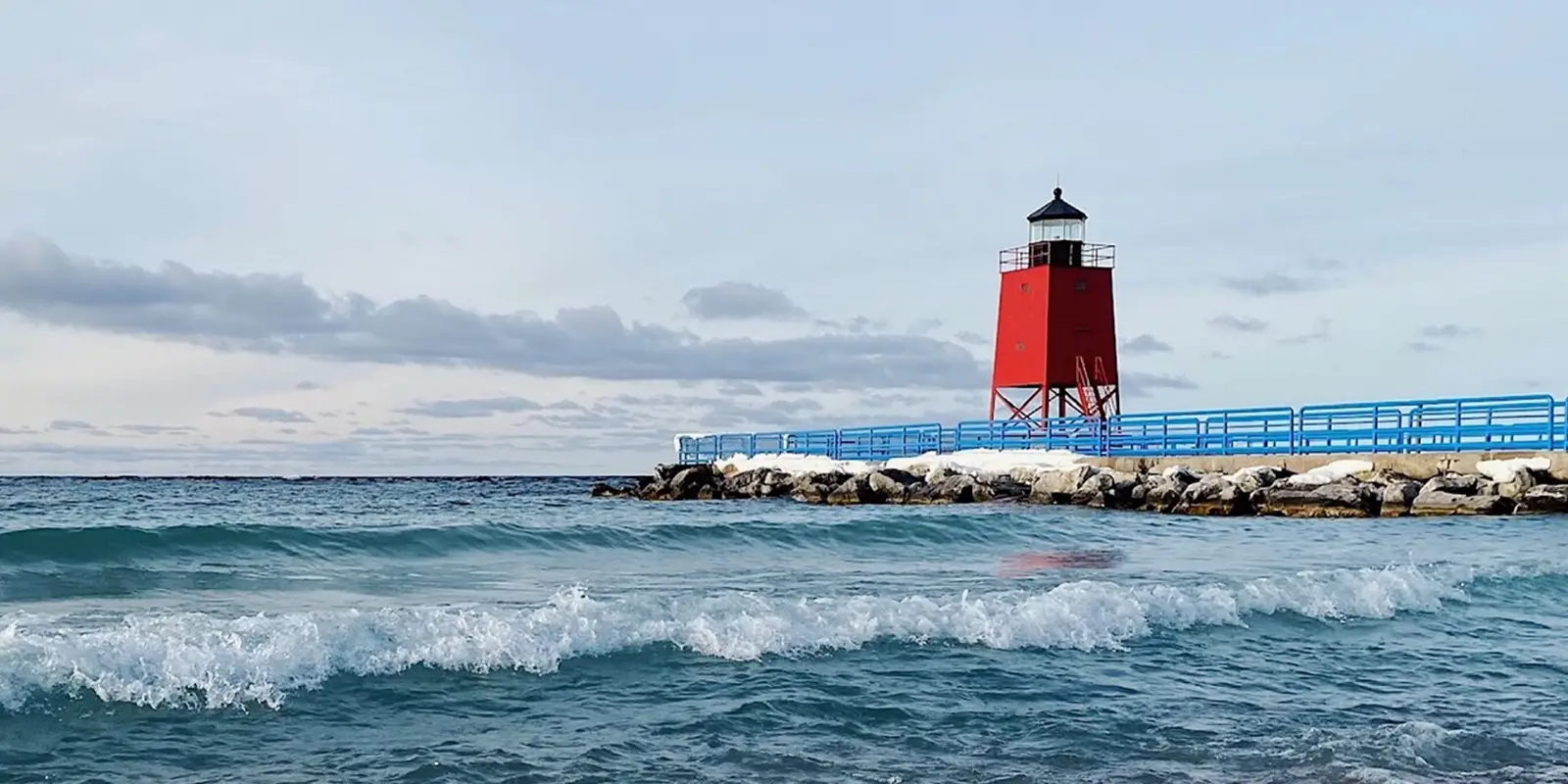
How Do You Prepare for the Great Loop?
Let us talk about what watercraft you can use on the Great Loop. You can take on this journey in a canoe, kayak, on a jet ski, or in an inferior watercraft that is not suitable for exposed climate conditions. People have done so. No one should go on the Great Loop journey without an international understanding of the “Law of the Sea”.
To prepare for a journey on the Great Loop. you must know well—first and foremost—the “Law of the Sea”. The Law of the Sea is a body of customs, treaties, and international agreements by which governments maintain order, productivity, and peaceful relations on the sea.
On the Great Loop, you travel into Canadian waters and can enter other international waters. For your safety, you must deep dive into what you need for you and who you are taking with you. For a voyage of this magnitude on a vessel, a great deal of preparation is mandatory. Take the American Red Cross Adult/Pediatric First Aid, CPR, and AED (automated external defibrillator) course.
A Few Important Tips:
- Keep a log book.
- Study the international Rules of the Road.
- Plan your Great Loop trip in detail.
- Be prepared to handle medical emergencies; assemble your well-thought-out medical kit.
- Tighten everything that moves.
- Construct as large and strong a Bimini top with both canvas and netting for full and complete enclosure to protect you at the helm and any crew in the cockpit.
- Bring spares for all single points of failure.
- Equip your boat and crew with the proper tools.
- Always have a second and third way to navigate.
- Find out which marinas sell gas and diesel fuel, because not all marinas sell both.
- Your fresh water holding tank will never be large enough.
- Take a kayak or dinghy with you.
- If you do not have the will to kill someone, do not carry firearms for protection.
What Is the Best Part of the Great Loop?
The Great Loop boat route takes you through 15 states and two Canadian provinces.
If you ask 100 experienced Loopers, you will probably get 100 different answers. The Great Loop carries Loopers up the Atlantic seaboard, through historic canals, across the Great Lakes, and down the inland rivers to the Gulf of Mexico, and around Florida.
It all depends on what geography excites and stimulates your senses because it is a great journey with awesome sights and sounds. If you take the average year-long, 6,000 mile trip, you may have a difficult time deciding what is the best part of the Great Loop because of the great changes in landscapes along the entire trip.
Can You Do the Great Loop Solo?
There is a group and a website for solo mariners, The Great Loop Solo Ambassadors. It is sponsored by America’s Great Loop Cruisers Association (AGLCA), which is headquartered in Summerville, South Carolina.
Yes, with no problem; there are many solo Loopers. Though, getting through the locks is easier with two people. You can always have your family or friends fly in along your journey.

Is the Great Loop Fun?
Yes, tons of fun! You can have the time of your life on the Great Loop. Loopers surely think the Great Loop is great fun. There is so much to see and do along the Great Loop.
You can learn about the history of where you are and visit the towns, go for hikes or bike rides, have fires on beaches, fly your drone for more pictures, meet other Loopers for drinks and meals, take your dinghy to the shore, and of course, go swimming.
How Many Boats Have Done the Great Loop?
Traditionally, retired Loopers do the Loop, and more recently, family Loopers have joined the retired Loopers. Families can work remotely and home school their children. It only takes a dream to make an adventure and journey work for a busy family utilizing the internet of things.
Since 1906, no one knows how many boaters have experienced the thrill of the Great Loop. Fewer than 200 Loopers complete the Great Loop annually, according to National Geographic. The first documented voyage of the Great Loop occurred in 1906.
Scott Matthews, a boat builder, took his family on the first logged Great Loop expedition in 1906. Bob Reynolds, Scott’s grandson, co-produced a documentary about Bob’s voyage. The Great Loop was never officially forged or constructed. It follows existing waterways mostly maintained by federal and state governments.
Before Scott Matthews, in the late 19th century, Ken Ransom, an 18-year-old sailor raised on the shores of Lake Michigan, was the first to see the potential for adventure in America’s nautical maze. Ken took off despite his mother’s dire objections with three of his high school friends in search of the Great Loop.
History of Ken Ransom’s Great Loop Expedition
Ransom’s goal: a full circumnavigation of the eastern U.S. In 1898 Ransom and his crew set sail in their handcrafted vessel, Gazelle. Gazelle turned the Ransom crew from brave, idealistic boys into hardcore men during their journey. Gazelle came in the form of a 30-foot white-oak sailboat.
The young men navigated the Great Arctic Outbreak of 1889, which showered ice into the southern Mississippi River. They lost themselves in Sanibel Island’s mangrove forest and had to hire horses to pull Gazelle onto the shores of the Erie Canal.
Ken Ransom blazed the Great Loop marine trail. He opened the waterway to Scott Matthews only eight years after the Ransom expedition. Scott, with much more boat engineering knowledge, built a better vessel for the voyage discovered by Ken and his young crew with their handcrafted sailboat.
Scott built an engine-powered 70-foot yacht. Scott took his wife and three children onto the Great Loop. In Scott’s expertise, sailboats had deep drafts and high masts, which proved to be obstacles and challenges on the Great Loop trail’s wide diversification of marine conditions.
In the end of their eras, both Ken and Scott opened up an American adventure that was almost like the Lewis and Clark expedition—never before done by the European settlement of North America. Ken and Scott left America with a legacy that inspires mariners today.
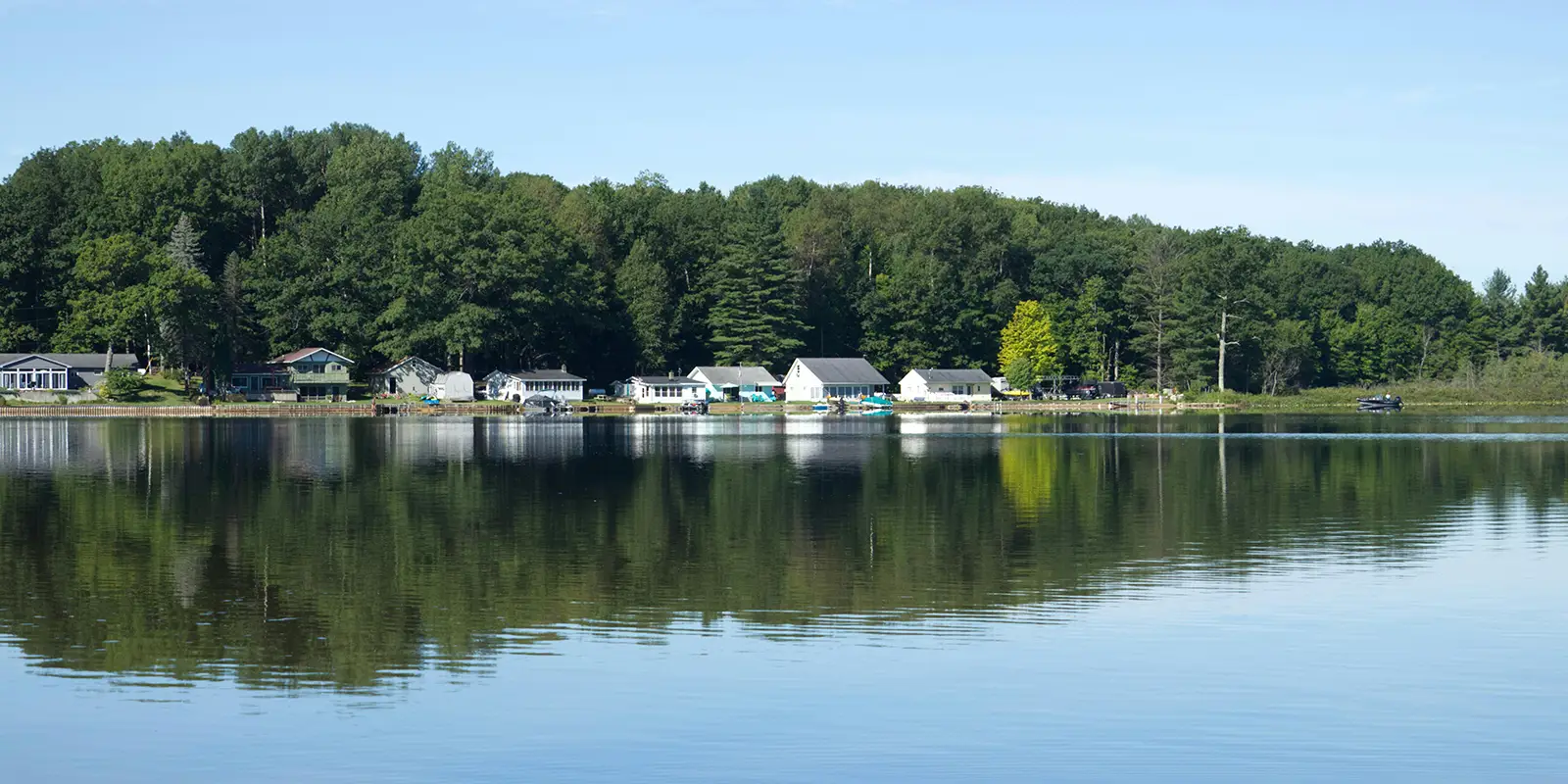
Things to Know About The Great Loop
What Is the Average Cost to Do the Great Loop?
Fuel consumption and marina fees are the greatest costs on the Great Loop. Then you should think about your supplies like food and emergency repairs. Loopers like to run about 15 knots per hour, but there are times that they have to wait idling at locks and bridges. Loopers can stay in marinas for a fee or anchor out all night.
There is no average cost to do the Great Loop. Fuel prices fluctuate. Marina fees vary. There are a few free places to dock along the way, and most marinas offer free dinghy docks. It depends on the size of your boat, how much gas it uses, and if you plan to stay in marinas.
How Big of a Boat Can Do the Great Loop?
You can complete The Great Loop in almost any kind of vessel, whether it is a kayak, pontoon boat, sailboat, or 70-foot luxury yacht. The best boat for the Great Loop is what you are comfortable traveling on.
Smaller boats are easier to handle and maintain, plus they are more economical. Experts say that the best Great Loop boat size is between 28 and 38 feet, Many Loopers prefer to travel the Great Loop on board trawlers.
How Long Does it Take to Do the Great Loop?
How long it takes to do the Great Loop depends on the “Looper”, the moniker for mariners who have done, are doing, and will do the Great Loop. The Great Loop is seasonal. Loopers consider late June to early July the best time to start on the Great Loop.
It depends on which route you choose and which side trips you take, so the Great Loop can take on thousands of more miles. Most Loopers report their Great Loop adventure is about 6,000 miles in total.
Some people cruise the Great Loop in increments and take the loop for a few weeks or months. They return home, take care of business, and go back for another segment when they can. It is up to you how long it takes to do the Great Loop.
- Boat Speed:
- Most cruising boats travel between 6 to 10 knots (7 to 12 mph). Faster boats can go up to 15 to 20 knots (17 to 23 mph), but fuel consumption and wake considerations often keep speeds lower.
- Weather and Seasons:
- Adhering to favorable weather windows and avoiding hurricane season, harsh winters, or spring flooding can extend the journey.
- Locks and Bridge Delays:
- Certain waterways, such as the Erie Canal or Trent-Severn, involve locks that can slow progress.
- Exploration and Side Trips:
- Many Loopers enjoy detours to explore cities, nature reserves, or landmarks, which can add time.
- Boat Maintenance:
- Periodic maintenance, refueling, or unplanned repairs may delay progress.
How Many Miles Is the Great Loop?
The official Great Loop is 5,250 miles. Loopers report that a year is an average amount of time to expect to do the entire Great Loop. Loopers report 6,000 miles is the average length of the trip. Some report they have completed the Great Loop ranging of six weeks to 12 years.
Where Do People Stay when Doing the Great Loop?
People traveling the Great Loop have a variety of options for staying overnight, depending on their preferences, budget, and the availability of facilities along the route. By mixing and matching the following options, Loopers can tailor their experience to their needs, preferences, and budget while enjoying the journey!
Where Loopers typically stay during their journey:
- Staying on the Boat: Most Common. Since Loopers are traveling by boat, many choose to stay aboard their vessel for convenience and cost-effectiveness. Options include:
- Anchoring Out: Anchoring in designated areas or protected coves is a popular and budget-friendly choice.
- Pros: Free or low-cost, scenic, peaceful.
- Cons: Requires self-sufficiency: :Power from a generator or solar, and access to a dinghy for shore trips.
- Anchoring Out: Anchoring in designated areas or protected coves is a popular and budget-friendly choice.
- Marinas: Many Loopers stay at marinas along the way for the convenience of shore power, water, fuel, and access to showers, laundry, and restaurants.
- Pros: Full amenities and social opportunities with other Loopers.
- Cons: Daily fees: $1 to $4 per foot of boat length per night, depending on location.
- Mooring Balls: Available in some areas, mooring balls provide a secure overnight tie-up alternative to anchoring.
- Pros: Affordable and more stable than anchoring.
- Cons: Limited availability in some locations.
- Onshore Accommodations: Some Loopers opt for occasional stays off the boat, especially during extended layovers or maintenance stops. Options include:
- Hotels and Inns: Ideal for a break from the boat or during bad weather. Common in popular towns along the Loop route, such as New York City, Chicago, or Charleston.
- Vacation Rentals: Options like Airbnb or VRBO are available in cities and tourist destinations. Great for groups or families who want more space. Campgrounds or RV Parks if towing: For Loopers who tow an RV along the route, campgrounds can serve as a land-based lodging option.
- Dock-and-Stay Options: Private Docks or Yacht Clubs: Some private docks or yacht clubs allow transient stays for members or visiting boaters. Membership organizations like the America’s Great Loop Cruisers’ Association (AGLCA) often provide resources for finding these spots.
- Wall Tie-Ups: Many canals and towns along the Loop offer free or low-cost tie-up areas, like on the Erie Canal.
- Pros: Convenient access to towns and services.
- Cons: Limited facilities compared to marinas.
- Wall Tie-Ups: Many canals and towns along the Loop offer free or low-cost tie-up areas, like on the Erie Canal.
- Wintering Over: For those completing the Loop at a slower pace, wintering in one location is common. Popular areas include:
- Florida Keys: Ideal for warm weather and active boating communities.
- The Chesapeake Bay or Charleston, SC: Mild winters and vibrant boating culture.
Which Way Is Best to Do the Great Loop?
The “best” way to do the Great Loop depends on your personal preferences, timing, vessel type, and desired experiences. However, most Loopers follow a counterclockwise route, which is considered the most practical and efficient way to complete the journey.
A breakdown of why the counterclockwise direction is efficient and practical:
- Hurricane Avoidance: This route minimizes exposure to hurricane-prone areas during peak season from June to November) by timing your travel through Florida and the Gulf before or after the risky period.
- River Currents: Traveling downstream on rivers like the Mississippi and Illinois Rivers is easier and more fuel-efficient than going against the current.
- Seasonal Weather Patterns: Counterclockwise timing aligns with favorable weather:
- Winter: Southern Florida is warm and mild.
- Spring: Gulf Coast and rivers pleasant weather as temperatures rise.
- Summer: Northern Great Lakes and Canada warm but not too hot.
- Fall: East Coast and Chesapeake Bay are cool and comfortable.
- Navigational Efficiency: Many Loopers use the Intracoastal Waterway along the Atlantic and Gulf Coasts, which is safer and calmer when traveling south.

